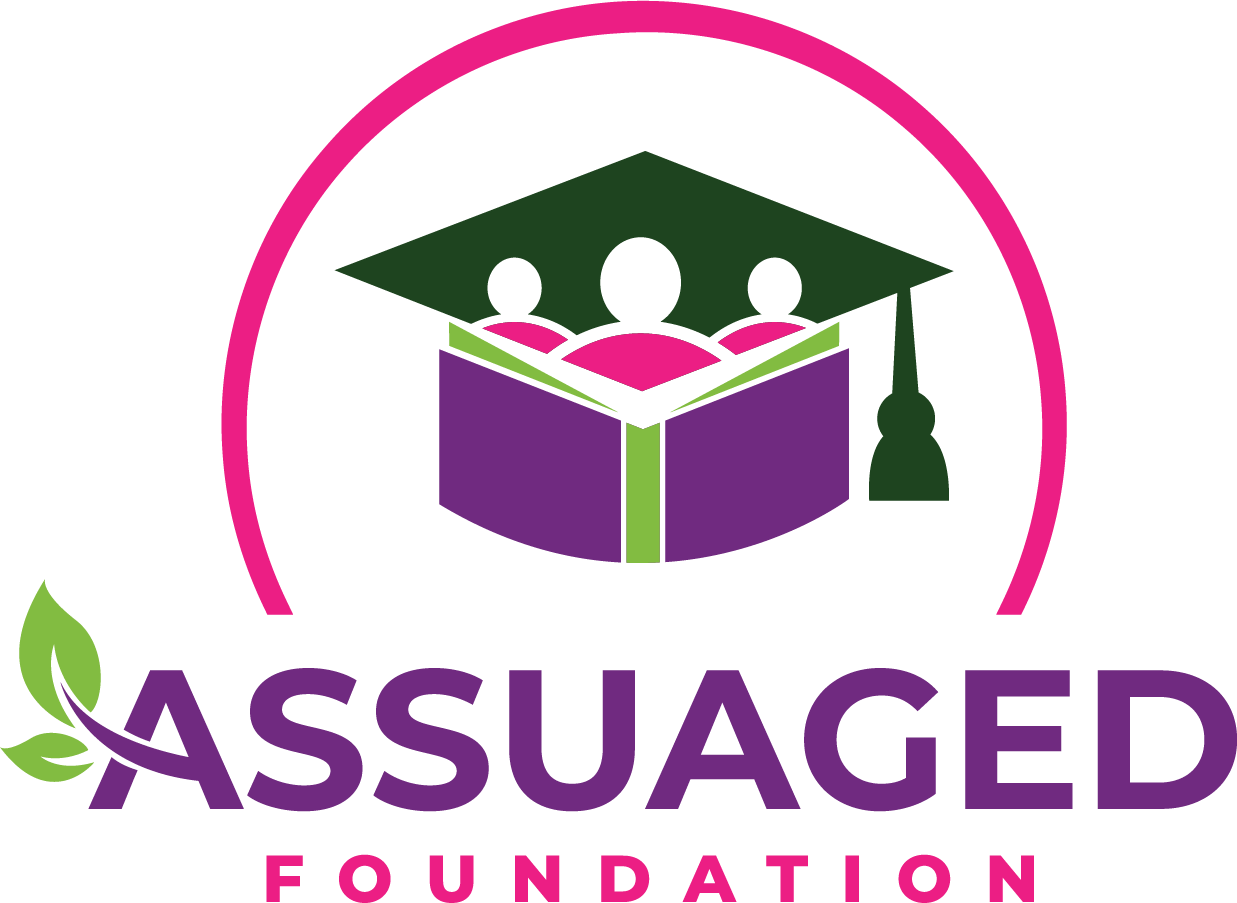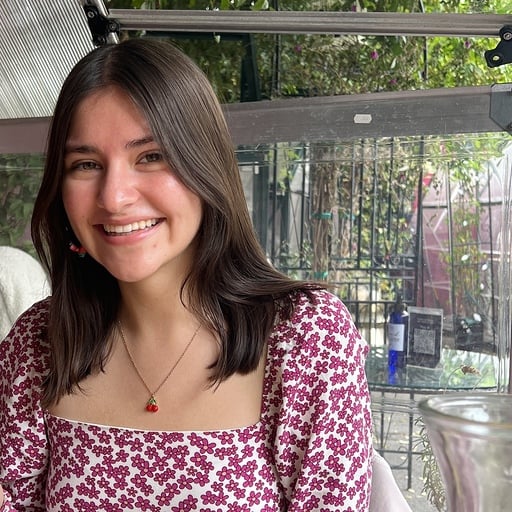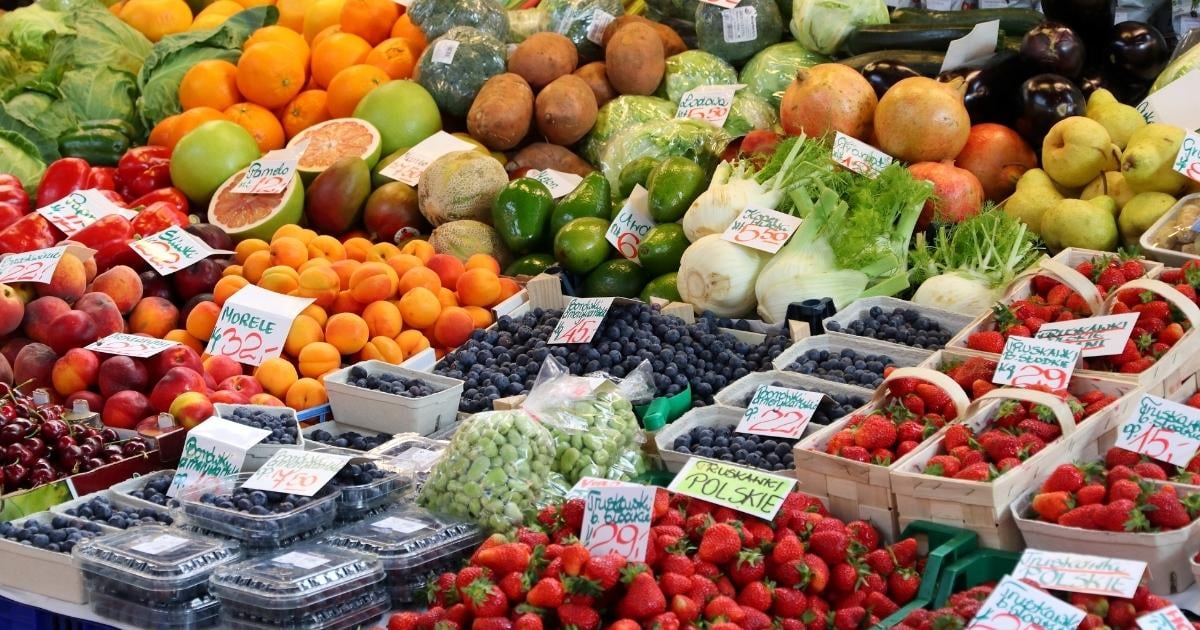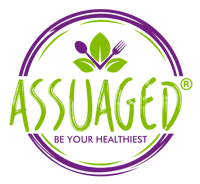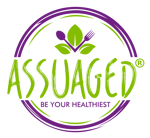Diet and nutrition are essential parts of our overall health. Ensuring you consume your daily vitamin and mineral intake and eating a well-balanced diet are part of healthy diet and nutrition habits. However, certain obstacles can hinder communities’ access to a healthy and nutritious diet.
Food deserts are a phenomenon in the United States that studies have found target specific groups of people. The Department of Agriculture defines food deserts as “areas where people have limited access to a variety of healthy and affordable food” (USDA, 2012)[1].
Food deserts are more likely found in predominantly low-income areas often populated by marginalized groups. A food desert is usually characterized by a high density of unhealthy food options and a low density of healthy food options concentrated in one area. Many studies have shown what food deserts mean for health in America.
What Do Studies Show about Food Deserts?
The USDA conducted a study to examine food deserts in the United States. Their findings help us understand the demographics of the neighborhoods specifically affected and potentially targeted by food deserts.
This 2012 study[1] found the following:
- Areas with higher poverty rates are more likely to be food deserts, regardless of whether they are urban or rural
- Areas with higher percentages of racial minorities are more likely to be food deserts
The study remarks that these areas tend to have stricter access to public transportation, be predominantly low-income and have limited access to healthy and affordable food. Healthy and affordable food include fruits and vegetables, for example.
The USDA found that 23.5 million people live in a low-income area more than 1 mile away from a large grocery store[6]. This government department noted this issue because it is linked to several other public health concerns, such as cardiovascular health.
A 2014 study[2] published in the National Library of Medicine looked at the prevalence of food deserts in communities according to race. They found that black neighborhoods are often left with more challenging obstacles as they had the fewest supermarkets available in their area.
Many case studies have focused on large urban areas throughout the country to detail the severe implications of food deserts in America. South Los Angeles, for example, has been extensively studied due to the significant presence of food deserts.
A study done by Loyola Marymount University in 2018[3] constructed a map to show the availability of grocery stores with access to healthy foods, convenience stores, and fast food retailers throughout South Los Angeles.
They found that 94% of food retailers in the area were convenience stores and that there are 12.5 times more fast-food restaurants than grocery stores in this community[3].
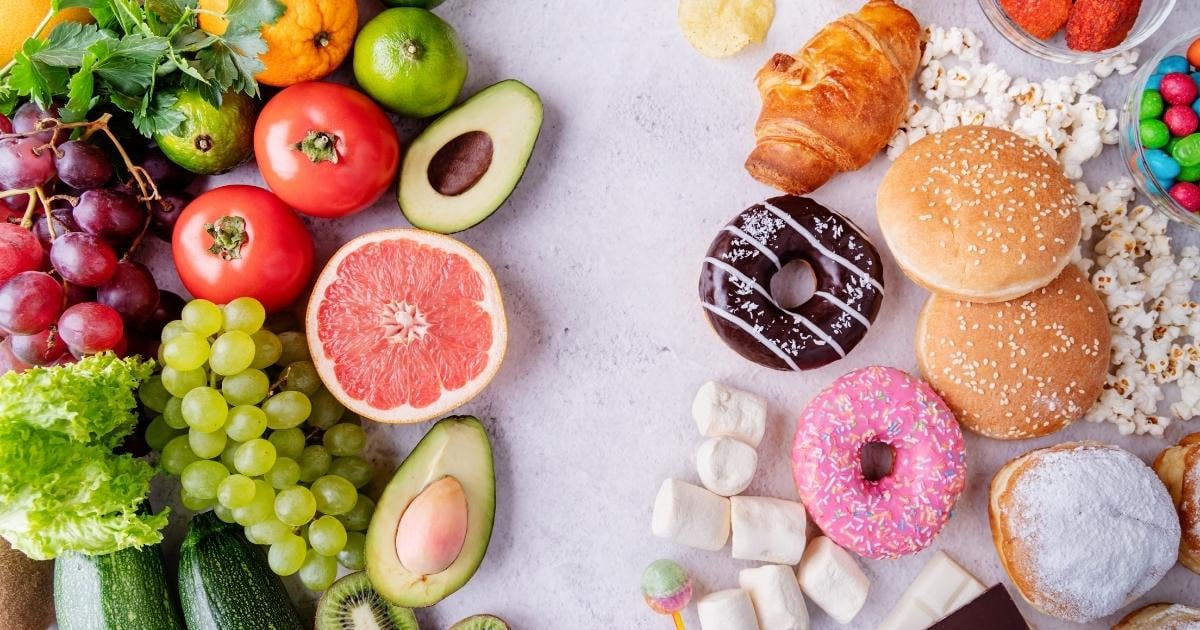
The Implications of Food Deserts
Poor diet and nutrition are linked with obesity, diabetes, malnutrition, and hypertension, among other things[4]. Not only is poor access to healthy, nutritious, and affordable food an issue, but the increased access to cheaper, unhealthy fast food options also poses a threat to these vulnerable communities.
The issue is clear. Lower-income and racially marginalized communities are more likely to be targeted by cheaper fast food options and have stricter access to healthier, more affordable food options, posing a threat to their health achievement through diet and nutrition.
These groups are at higher risk of developing conditions such as obesity and diabetes due to their lack of access to healthy food options. This is in addition to the stressors and disadvantages they already face due to their socioeconomic status and marginalized identities[4].
People who are more likely to be negatively affected by the presence of food deserts include the following:
- Latino/x and black and brown communities
- Low-income communities
While specific policies and programs currently exist to address food insecurity, more action should be taken to address the 10.2 percent of people in the U.S. that were food insecure in 2021[5]. However, this statistic is not to say that this percentage includes the only people negatively affected by food deserts.
While only 10.2 percent of people were considered food insecure, others may still need more access to healthy food options than those in higher socioeconomic neighborhoods.
The broader issue lies in the fact that these communities are disproportionately affected by food deserts and are left to suffer their health implications.
Choosing a healthy plant-based and vegan diet is most beneficial when it comes to:
-
Higher levels of energy;
-
Improved sleep;
-
Aids in energy and overall happiness;
-
Provides a sense of comfort and relief;
-
Could prevent major diseases such as obesity and diabetes;
-
Accomplish weight loss and management; and
-
Improves mental and cognitive functioning.
What is your biggest need for living your healthiest lifestyle? Are you looking for ways to improve your diet and boost your immunity? Let us know what you think of the article.
Have any follow-up questions? Please send us a message in the comments section below. We love hearing your feedback!
